The Mayan city of Tikal.
Ancient Romans built giant aqueducts; the Greeks developed pressurized plumbing.
Many Mayan cities were built on porous limestone foundations, so groundwater often had to be channeled from elsewhere.
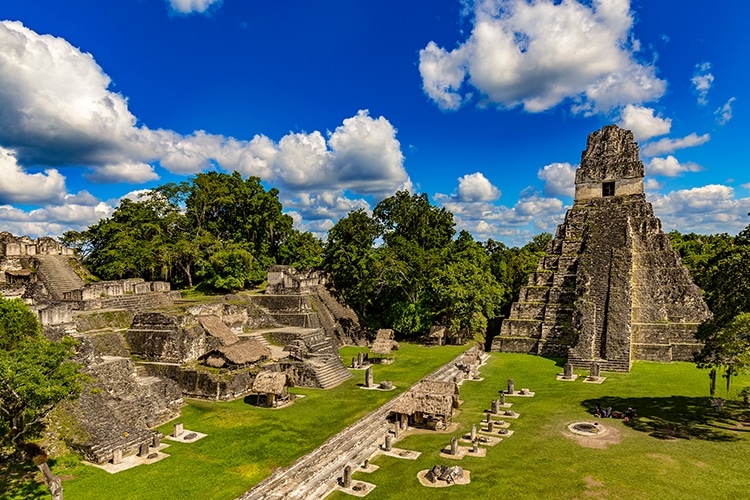
The Mayan city of Tikal. (Photo: Photo:Stock Photosfrom WITR/Shutterstock)
Some Mayan cities such as Palenque featuredaqueduct networks.
At Tikala Mayan city in present-day Guatemalawater was collected in 10 reservoirs that supplied the city.
Researchers from theUniversity of Cincinnatisampled and tested the sediment from one of these sites, the Corriental reservoir.
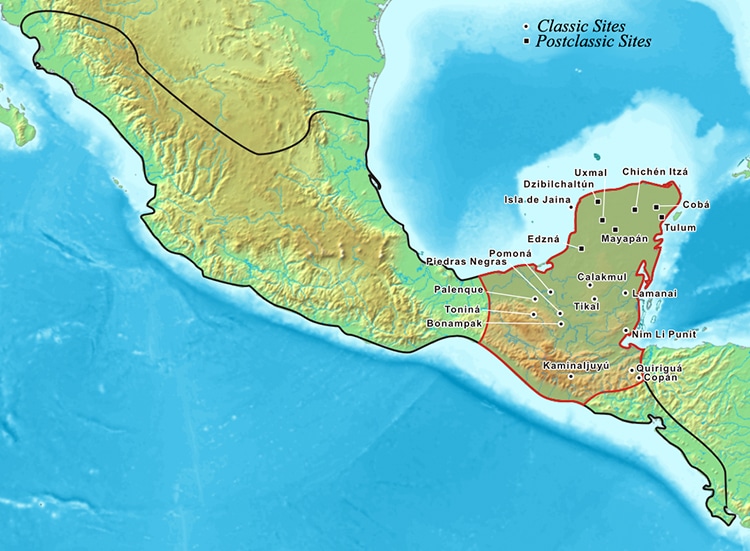
Map of the Mayan Empire. (Photo: Kmusser viaWikimedia Commons[CC BY-SA 3.0])
The minerals they found in the samples surprised them.
The Corriental reservoir appeared to have deposits of quartz and zeolite in identifiable layers.
Zeolitewhich contains silicon and aluminumcleansed the water of many microbes and toxins.
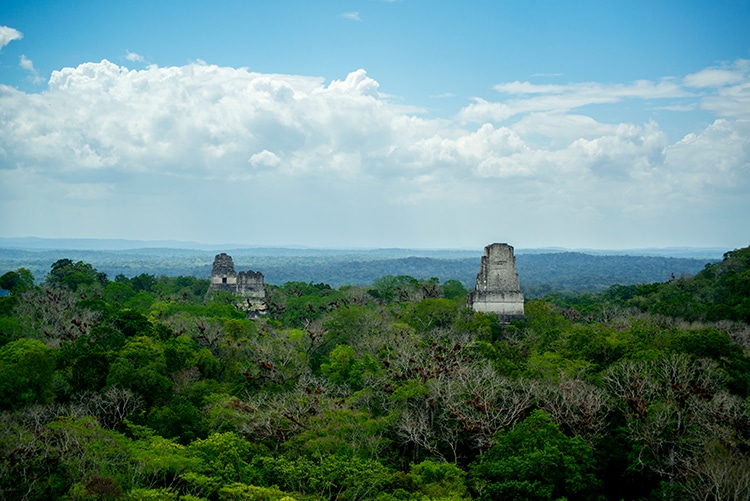
View of Tikal National Park, Guatemala. (Photo:Stock Photosfrom DANIEL LOPEZ TORIELLO/Shutterstock)
Quartz helped trap heavy metals and nitrogen compounds.
The Mayan water filtration system appears to have worked well.
While other reservoirs showed evidence ofmercury build-up, the Corriental reservoir sediment did not.
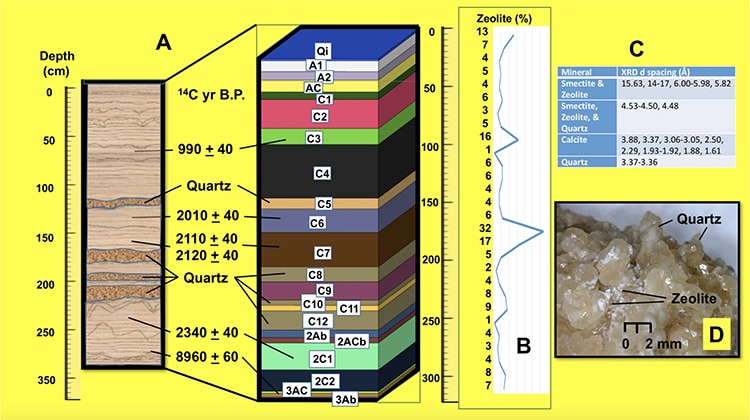
Quartz layers and layers of carbon-dated sediment from the Corriental reservoir. (Photo:Kenneth Barnett Tankersley/Scientific Reports)
This is a remarkable innovation.
Map of the Mayan Empire.
View of Tikal National Park, Guatemala.

Diagram of how the Mayan water filtration system at the Corriental reservoir may have functioned. (Photo:Kenneth Barnett Tankersley/Scientific Reports)
(Photo:Stock Photosfrom DANIEL LOPEZ TORIELLO/Shutterstock)
The minerals are not local to the site.
They were likely added on purpose by the Mayans and originated at a volcanic aquifer 18 miles away.
Quartz layers and layers of carbon-dated sediment from the Corriental reservoir.
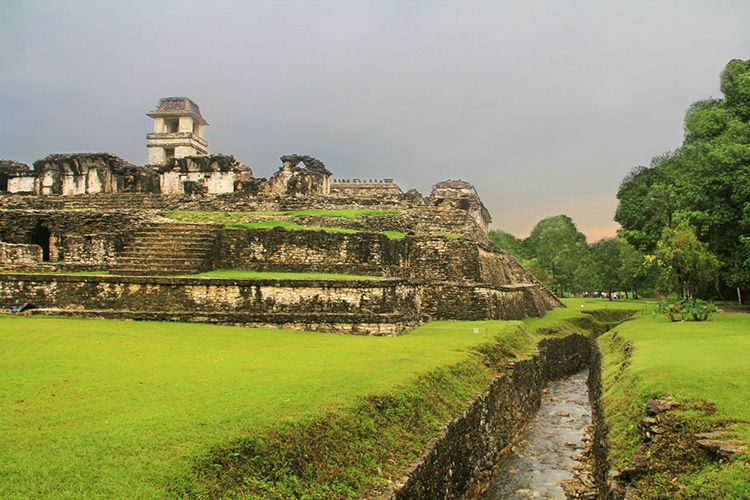
The Palenque Palace and aqueduct in the Mayan city of Palenque, in modern day Mexico. (Photo: Ricraider viaWikimedia Commons[CC BY-SA 3.0])
They are still used today in modern water filtration systems.
Diagram of how the Mayan water filtration system at the Corriental reservoir may have functioned.
The Palenque Palace and aqueduct in the Mayan city of Palenque, in modern day Mexico.